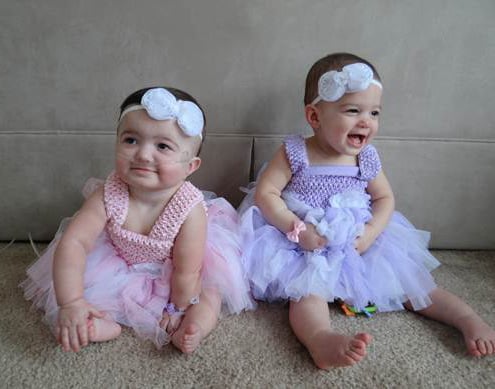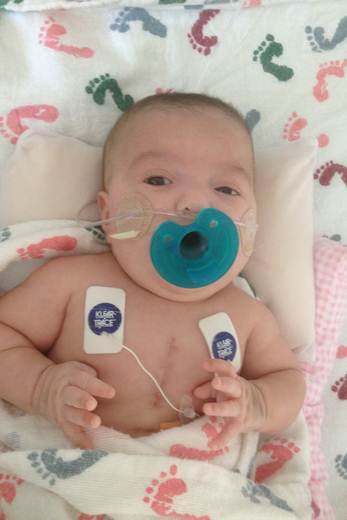- Doctors & Departments
-
Conditions & Advice
- Overview
- Conditions and Symptoms
- Symptom Checker
- Parent Resources
- The Connection Journey
- Calm A Crying Baby
- Sports Articles
- Dosage Tables
- Baby Guide
-
Your Visit
- Overview
- Prepare for Your Visit
- Your Overnight Stay
- Send a Cheer Card
- Family and Patient Resources
- Patient Cost Estimate
- Insurance and Financial Resources
- Online Bill Pay
- Medical Records
- Policies and Procedures
- We Ask Because We Care
Click to find the locations nearest youFind locations by region
See all locations -
Community
- Overview
- Addressing the Youth Mental Health Crisis
- Calendar of Events
- Child Health Advocacy
- Community Health
- Community Partners
- Corporate Relations
- Global Health
- Patient Advocacy
- Patient Stories
- Pediatric Affiliations
- Support Children’s Colorado
- Specialty Outreach Clinics
Your Support Matters
Upcoming Events
Mental Health Town Hall
Tuesday, April 23, 2024Join Children’s Hospital Colorado pediatric experts for a virtual...
-
Research & Innovation
- Overview
- Clinical Trials
- Q: Pediatric Health Advances
- Discoveries and Milestones
- Training and Internships
- Academic Affiliation
- Investigator Resources
- Funding Opportunities
- Center For Innovation
- Support Our Research
- Research Areas

It starts with a Q:
For the latest cutting-edge research, innovative collaborations and remarkable discoveries in child health, read stories from across all our areas of study in Q: Advances and Answers in Pediatric Health.


Maya and Maleia: Twins Battle TTTS and CHD
Maya – a bright, spunky and very affectionate 21-month-old from Denver – is a survivor and an already seasoned fighter. She is a twin who doctors didn’t expect to live, a twin-to-twin transfusion syndrome (TTTS) donor survivor (like her sister), an ex-31 week preemie and a congenital heart defect heart warrior. Maya is mighty in so many ways and has fought and proven how tough she is time and time again.
Beginning of the battle: Twin-to-twin transfusion syndrome

I found out I was pregnant with twins at my 12-week ultrasound. But shock and happiness quickly turned to fear: There was something wrong with the babies. The twins measured differently, and the doctor would not give us an approximate due date, basically telling us to be prepared to lose the babies. While we were devastated, some hope remained. At a follow-up ultrasound, the doctor determined that, while the babies were different in size, it was possible they were fraternal. Most likely, the doctor explained, the babies were a few days apart, which explained their size difference. We were told they should develop and grow just fine.
Then, at the 18-week anatomy scan, we found that the babies were, in fact, identical twin girls, which signaled a serious danger. They were diagnosed with advanced stage twin-to-twin transfusion syndrome (or TTTS). Maya, the so-called “donor twin,” was losing all of her blood and nutrients to her recipient sister, Maleia. Maya had barely any fluid around her and was nearly shrink-wrapped in her own sac. Meanwhile, Maleia had an excess of fluid and was essentially drowning, her little heart thickened and in danger of being too overworked with the extra fluid.
We were offered several options, including terminating one or both pregnancies. It was a choice that was never once considered. The only way to try to save their lives was to surgically sever the shared blood vessels in the placenta and equalize the fluids.
Twins have surgery before birth at the Colorado Fetal Care Center
We had surgery at the Colorado Fetal Care Center just two days after the diagnosis, with Dr. Timothy Crombleholme performing the surgery. Over 20 blood vessels were laser ablated and more than 2.5 liters of fluid was removed from Maleia's sac, with fluid finally able to reach Maya. We were incredibly lucky that the delicate surgery was successful, but since Maya only had 10% share of the placenta, she would continue to be very restricted in her growth.
Once Maya had fluid and was no longer "stuck," doctors could finally see her heart. After a very long uncomfortable fetal echo, our doctor gave us the news: She had tetralogy of fallot, a congenital heart defect that meant her heart was formed with four defects: She had a very large hole, pulmonary stenosis, overriding aorta and thickened right ventricle. The risk of death would be high. On top of everything we and the babies had been through, we now had to face this shock. We again were given the choice to terminate. Just as before, this was not a consideration.
The next fight: Congenital heart disease

At 20 weeks pregnant, I was put on bed rest and strict monitoring. I tried my best not to worry and let the babies grow. But at just over 29 weeks the sac around Maleia ruptured. I was admitted to my primary hospital until the babies came. A C-section was planned since Maya might not survive a vaginal birth due to her heart condition and the stress.
At 31 weeks and one day, I went into labor. Maleia was born at 3 pounds, 13 ounces, and 16 ½ inches. Maya was 2 pounds, 3 ounces and measured 14 ½ inches. Maya was born blue and not breathing, but with help was finally able to breathe on her own.
Being preemie and two months early, the girls were immediately taken to the NICU, both requiring oxygen support and unable to eat on their own. But each day, they slowly began to grow. I was relieved that they were alive and being well taken care of. Maleia was in the NICU for 44 days. Before discharge testing showed Maleia’s heart was normal and healthy, and the side effects from the TTTS were gone. After she came home, she went with me every day to see Maya, who had started having many complications, including heart failure. On her 63rd day of life Maya was transferred to the Cardiac Intensive Care Unit at Children’s Hospital Colorado.
Surgery at the Children’s Hospital Colorado Heart Institute
On June 28, 2013, at only two and half months old, our little girl underwent open heart surgery. The hole in her heart was closed and the right ventricle scraped to remove excess muscle, but her pulmonary valve was in such bad shape that it was removed. The first 48 hours were terrifying, with blood pressure spikes, seeing her in pain and wondering if she’d survive. Surprisingly, her recovery went far smoother and faster than the doctors expected. Soon she was breathing well and only needed a small amount of oxygen. She was awake, alert and happy.
Moving forward with our girls
Today, Maya is doing great. She is walking and talking. She is loud and energetic, and incredibly sweet. She is meeting her milestones and is right on track. Recently Maya was able to get rid of nighttime oxygen. She still has a G-tube and struggles some with eating and consistently gaining weight, but has come a very long way. Maleia has had virtually no medical problems and is thriving. She is bright, happy and loves her twin sister, Maya.
The next few years will be tough. Maya may likely need another open heart surgery – but once again, our little girl will prove how mighty she really is.

Would you like a second opinion?
If you have received a prenatal diagnosis, are considering treatment options or just want to feel more confident about your treatment plan, our fetal care experts are here to help.
Request a second opinion from our Colorado Fetal Care Center



 720-777-0123
720-777-0123



